
password: chiayu
Mobile companion redefines phone-human relationship, and turns the role mobile phone from daily-life object to everyday 'companion'. Unlike many experimental products mimicking pets or human beings, mobile companion takes on its own implementation of 'life'. It triggers user’s emotional attachment by adding the minimum emotional features to the system of existing mobile phone, therefore no sacrificing its functionality. In fact, emotional interaction not only enriches the user experience and increases loyalty, but also improves usability and makes the smart functions more effective. Most importantly, it creates a psychological bond between users and their devices. Mobile companion challenges the possibility of technology products, and it seeks for the balance in between practicality and emotionality of our daily-life things.
SCENARIO
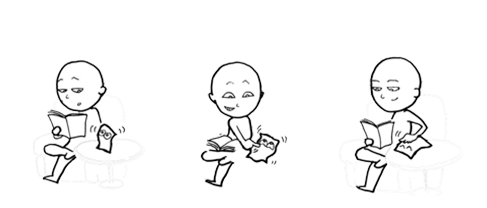
Imaging there are scenarios like these: you interact with your phone emotionally, such as teasing it when you get bored, or patting it when you feel annoyed. The phone would also try to get your attention if you've ignored it for long time, and you might try to comfort it or teach it a lesson.


This phone will alert or notify you with its intelligence. For instance, it shows happy and acts like it wants you to pick up hurry when it knows it was your girlfriend calling; or it appears nervous and reluctant to let you answer when your boss was calling on your vacation. Also, it will recommend you good songs when it is in good mood, or get mad when you keep lying in bed.
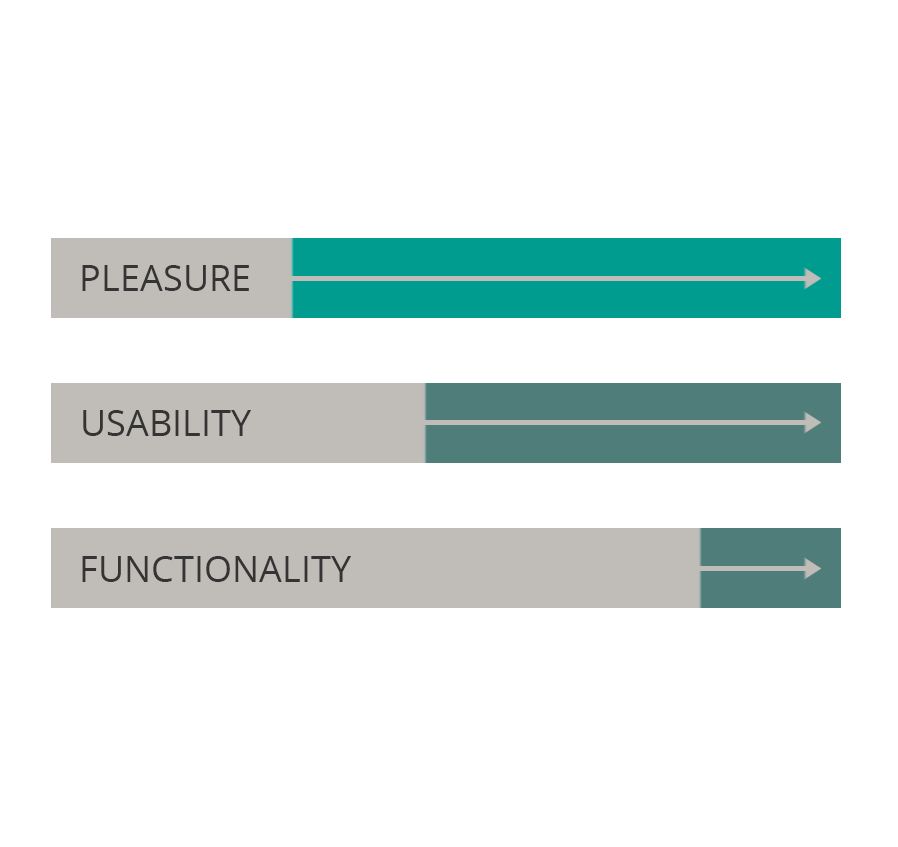
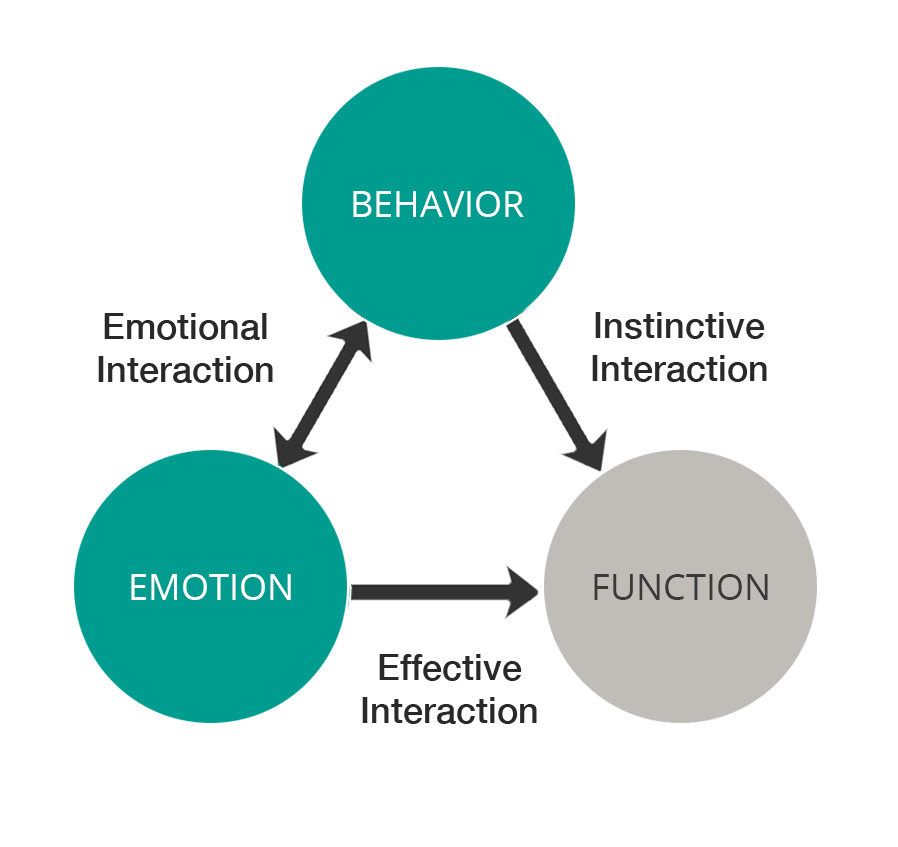
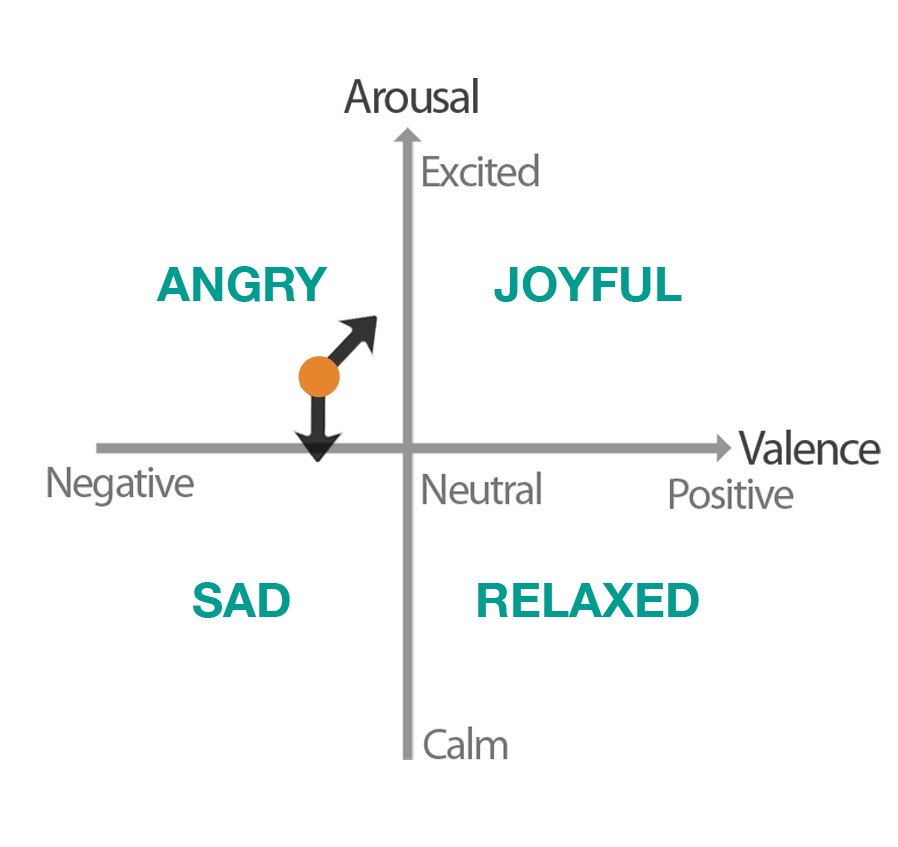
Emotion and behavior
What would be the minimum addition that generates our emotional attachment without decreasing existing strength? Among the three levels of a good product, the upper level, pleasure, is the focused. I added the emotional interaction to make the interface instinctive and engaging, while nowhere decreasing the functionality of phone.
Besides the functions that mobile phone provides already, mobile companion also contains its own emotion and behavior. Emotion module lets the phone better perform its intelligence, while engaging the user more effectively. On the other hand, behavior module helps the user understand it and interact with it more instinctively.
The emotion model comprises two dimensions which are arousal and valence. Emotion states changes by different interaction and time according to the rule. However, modifying the rule also determine the tendency of emotion changes, somewhat represents mobile companion's own personality.
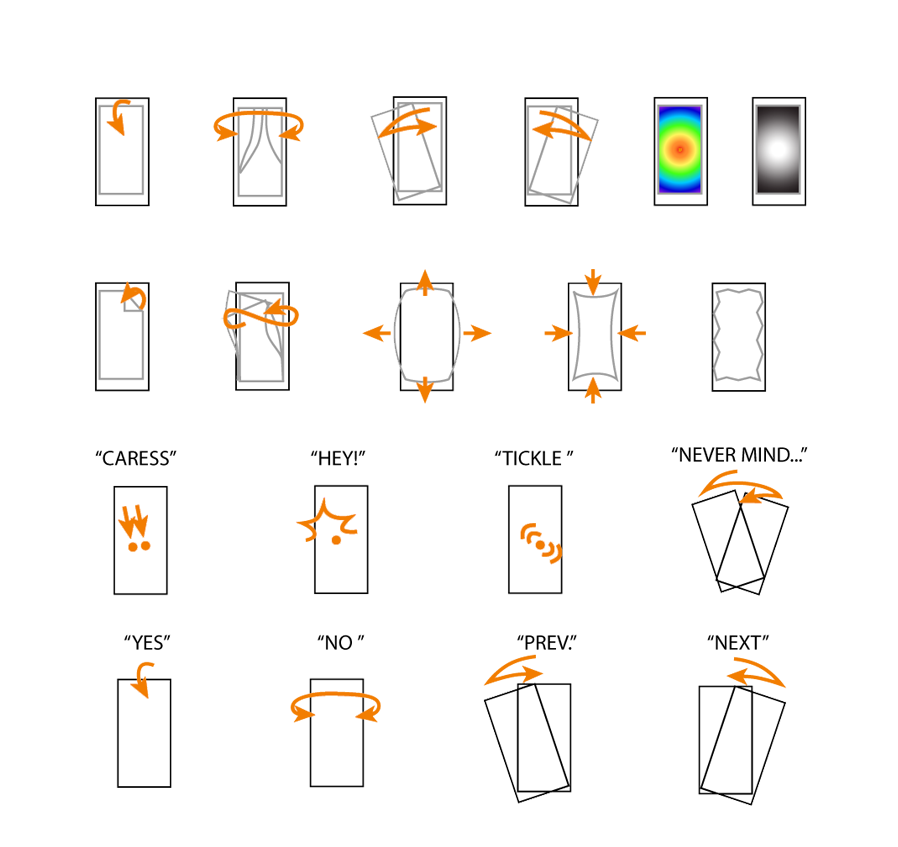
Interaction model and behavior architecture
The behavior architecture of the interaction model comprises levels of actor, functional and emotional, action or reaction, and the purpose. Behavior is seen as a complete set responding to the architecture and can be altered according to different scenarios.
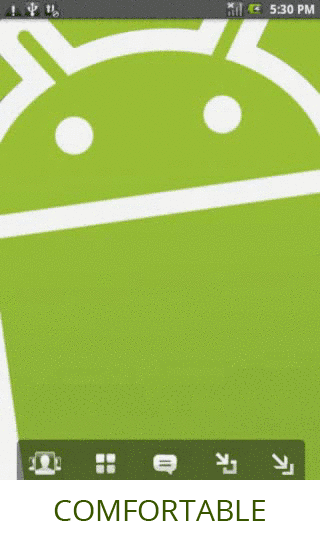
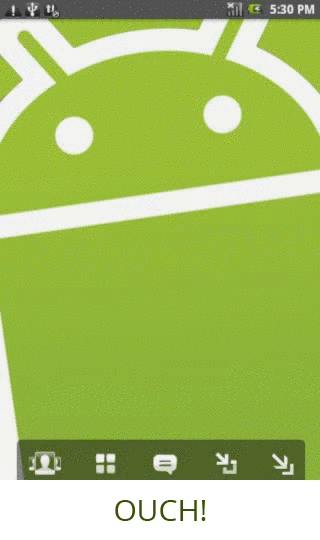
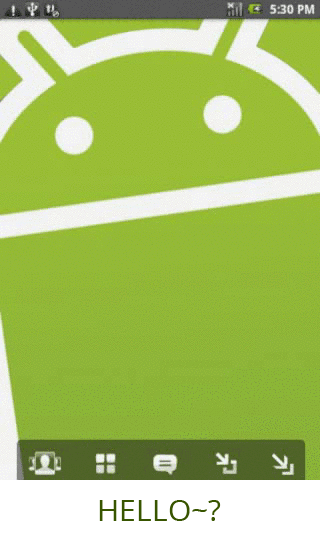
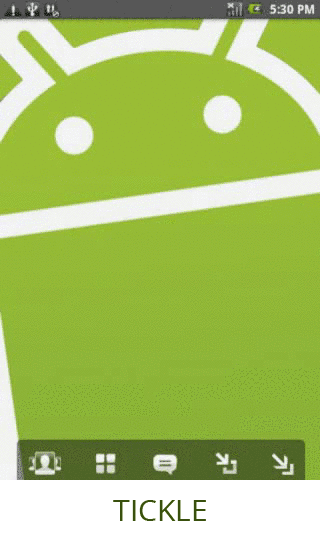

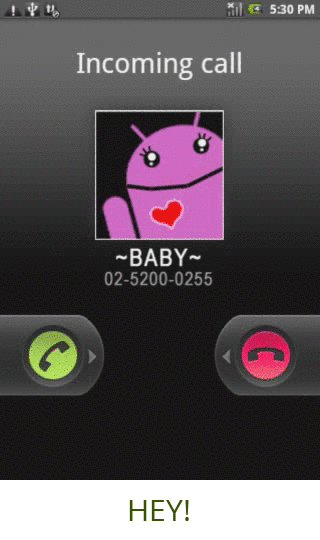
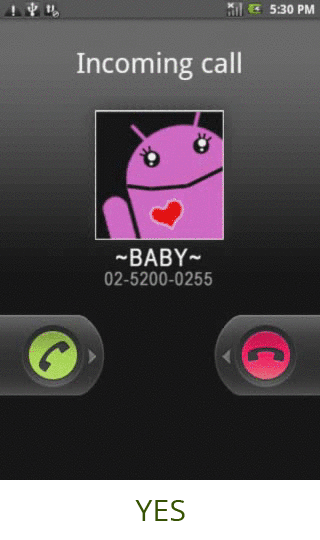

Expression and Gesture
Mobile companion has its own expression and gesture interaction. The whole screen of the phone is taken as a body to show the expression. The expression from the phone is also the gesture indication to the user, so that the user can associate it with corresponding gestures, e.g. the screen shaking left and right to show its reluctancy, and the user shake the phone sends ‘no/decline’ to the phone.
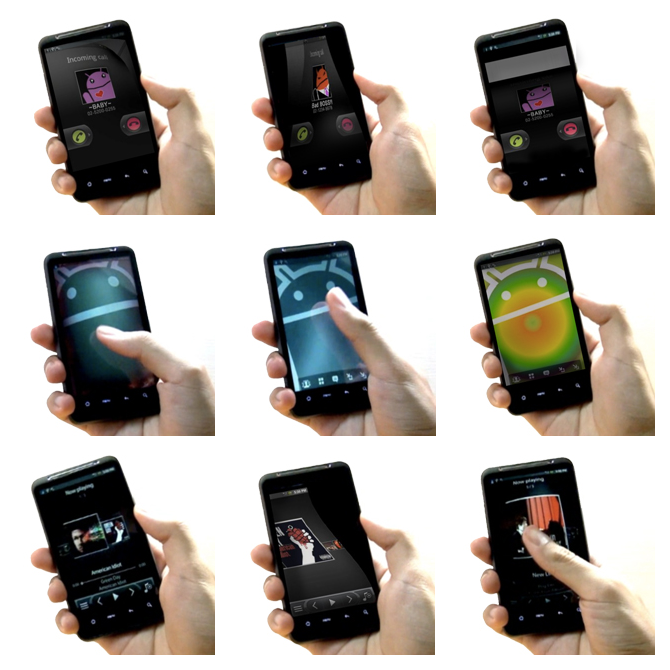
Improve User-phone relationship
Mobile companion is not created as a pet that users have to learn to deal with, a character strange to people, nor to distract people from their existing life. Because it is the reflection of the owner, it’s the everyday companion that knows its owner’s schedule, interests, and emotion- the most crucial thing as human beings, and the big step for technology.